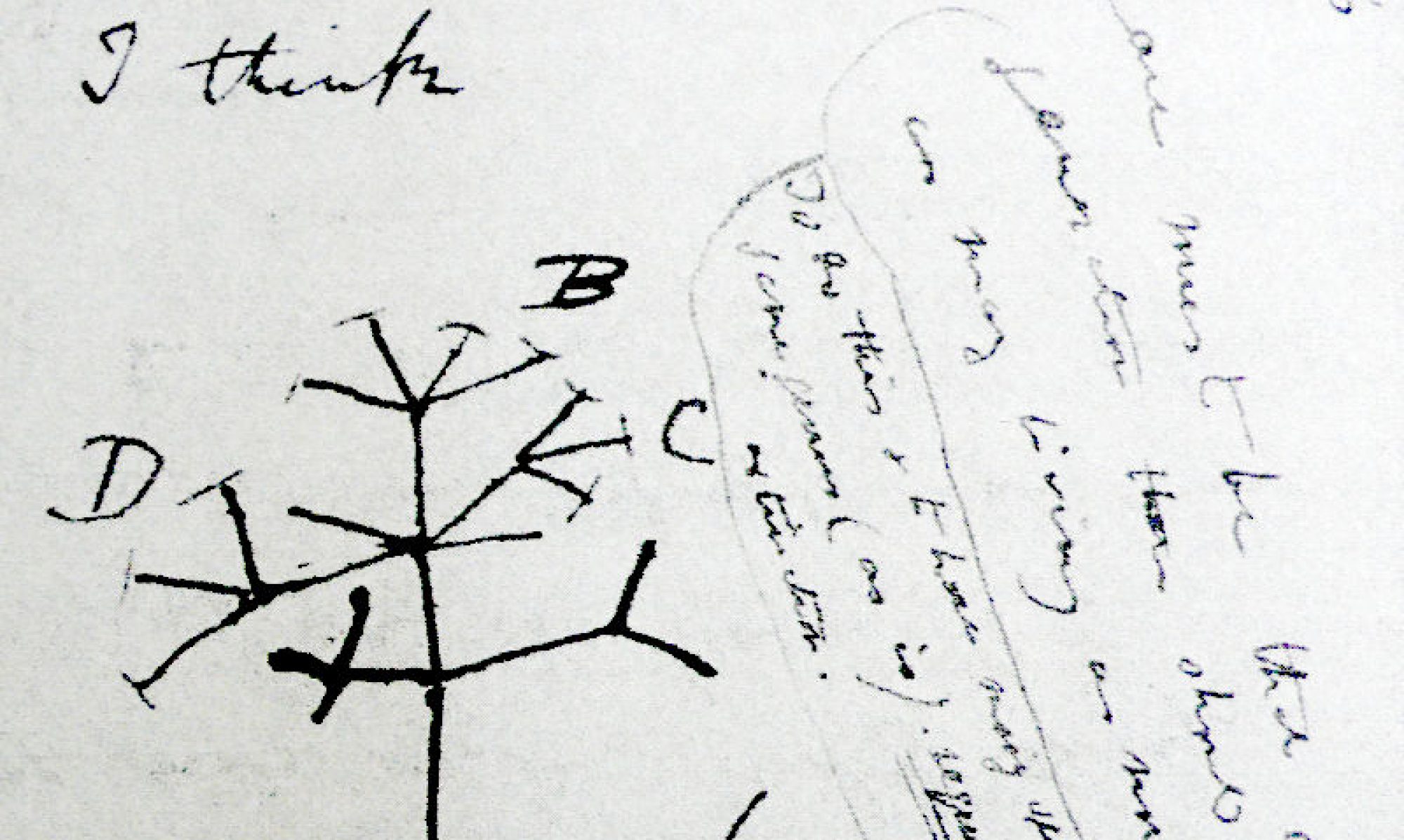By: Stephen Cobbs, John de Abreu, Clare Feeman, and Molly Turner (Stonehill College, BIO323: Evolution, Spring 2022)
On April 26, 1986, the world effectively changed in the blink of an eye. An accident during a technical test at the Chernobyl Nuclear Power Plant near the city of Slavutych, Ukraine, produced what would eventually be referred to as “the worst nuclear disaster in history”. The consensus on the immediate, short-term effect of the accident was undeniably poor, as all wildlife within the area suffered mass casualties. 36 years later however, and the consensus is rather murky. Scientists have recently visited the Chernobyl Exclusion Zone (CEZ) and were shocked to find that area today presents great biodiversity, playing host to a multitude of different species from a multitude of different clades. Why is that you may ask? Well, some scientists believe that the radioactive pollution from the nuclear fallout led to an increase in mutation rates within genes of the animals in Chernobyl, which partially offset the diversity which was initially lost. This raises the question if there is such a thing as too many mutations and is there a line at which mutation rates cross from beneficial to deleterious? The paper Unusual evolution of tree frog populations in the Chernobyl exclusion zone, by Clément Car and 11 others, works to classify those questions, specifically looking at populations of Eastern Tree Frogs (Hyla orientalis) both in and around the CEZ and using simulations for populations throughout Europe as a whole.
